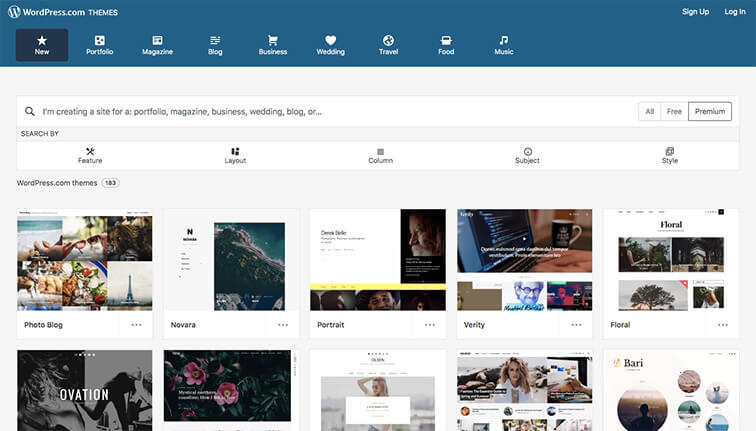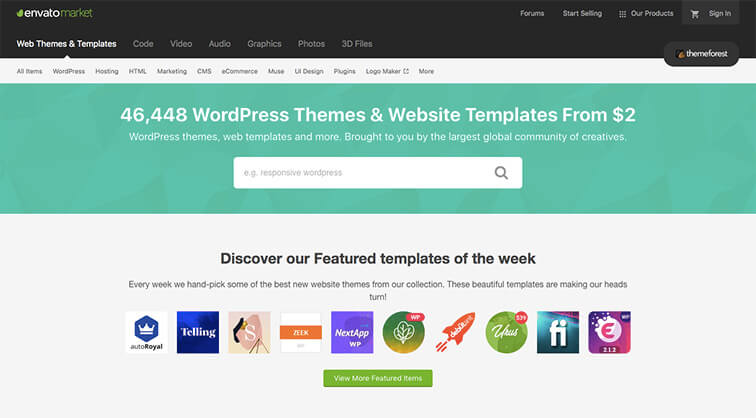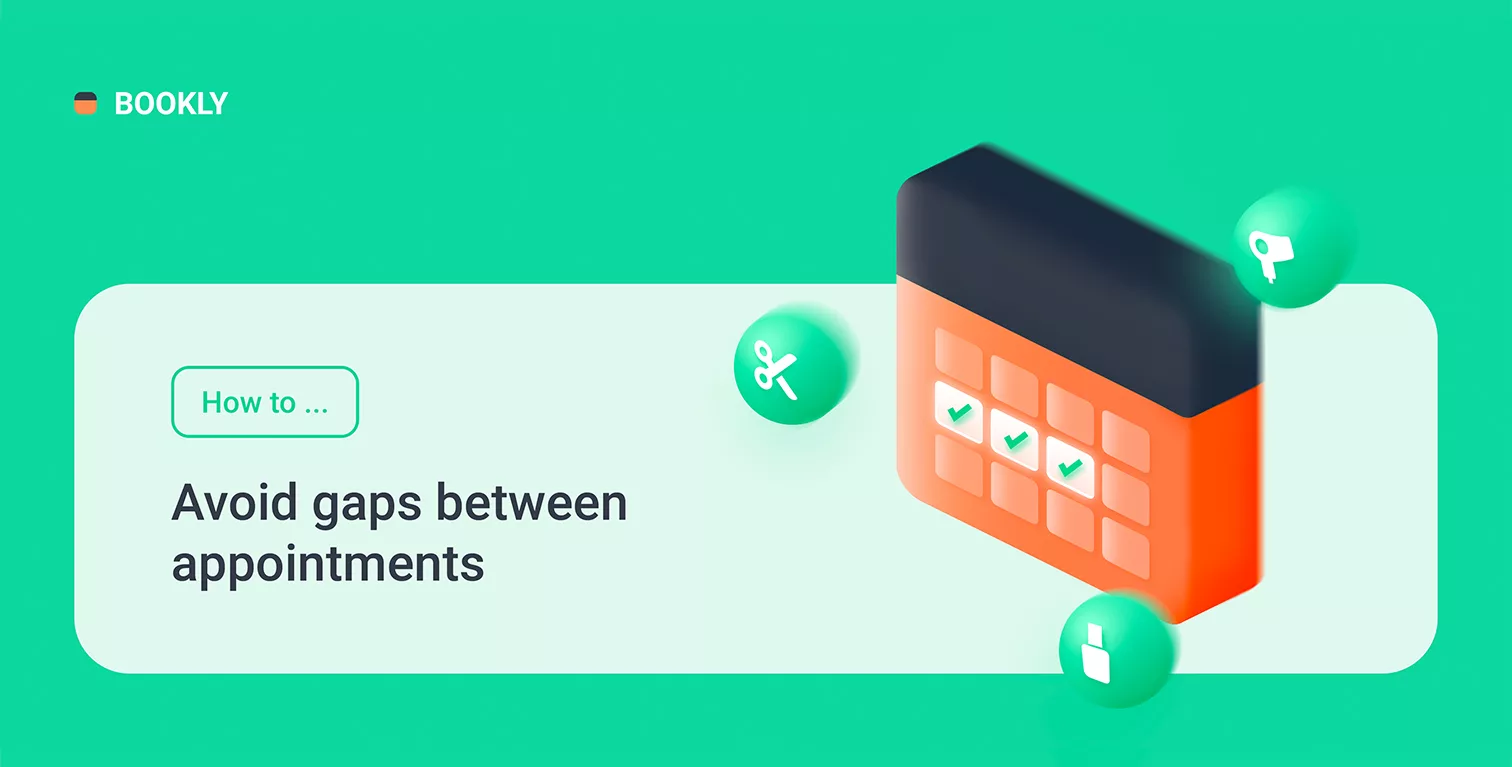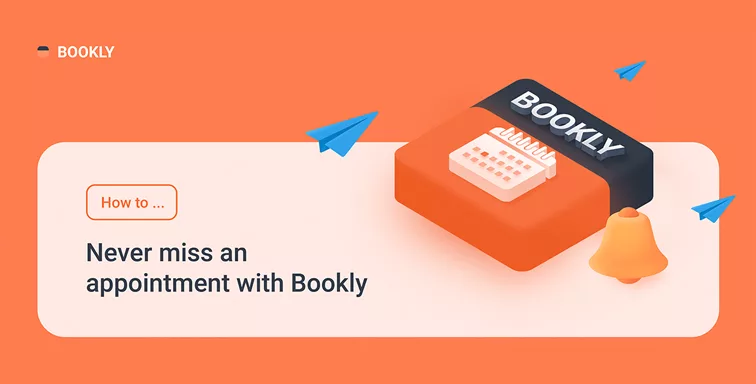
How to choose the right WordPress theme for your business
Choosing a WordPress theme for your website? Then you are spoiled for choice. On the popular WordPress marketplace ThemeForest alone, there are more than 11,000 themes to choose from! The downside to this plethora of possible options is that narrowing it down to a single choice for your business can be a challenge. This guide aims to help to make that decision easier. Here you will find guidance on how to select a WordPress theme for business which resonates with your audience and supports your goals.
What is a WordPress theme?
Before explaining how to choose the right WordPress theme for your business, it is worthwhile briefly detailing what exactly a WordPress theme is. Every WordPress has one, unique theme which defines the layout, design and some of the functionality of that website. This theme is composed of WordPress templates and stylesheets.
The stylesheet contains the WordPress theme’s Cascading Style Sheet (CSS). This CSS dictates what the blog will look including fonts and colours. If you amend the stylesheet it will change the appearance of your website.
WordPress themes come in both free and premium (paid) versions. You can find free themes either by searching through the theme directory or in the theme section of your dashboard. Once you have selected an appropriate theme you can either upload or install it directly through the dashboard. Paid themes are typically found on the developers own websites or through theme marketplaces like ThemeForest or ThemePalace.
Themes have their own unique colour scheme, fonts, design, layout and features. You need to select a WordPress theme which best meets your own preferences and requirements. Best WordPress themes will often be designed with a specific user in mind. For example, there are themes designed to cater for specific types of blogs or for particular businesses. Examples of this include themes designed for fitness, photographers, yoga studios, marketing agencies and restaurants. It often makes sense to choose a theme which has been created with your type of business because it will usually have the specific type of functionality that you require. As an example, a restaurant theme might come with the option to create a menu or to have customers leave reviews.
While the theme that you choose will define your website, it is possible to make changes. This can be achieved in a number of different ways. The most common way to modify or add to a particular theme is through plugins. Plugins are designed to provide additional functionality for your website. An example of a plugin is WooCommerce which can be used to facilitate commerce transactions. What this means is that you can use a WordPress theme that doesn’t have the ability for customers to purchase on your website. You could then at a later date install a plugin which does provide that functionality.
There are also other ways that you can amend the theme. These include modifying the functions.php file or by adding a child theme. The child theme is a type of sub theme that takes the design and functionality of its parent. The benefit of a child theme is that you can make changes to that theme, even if the parent theme is updated.
You do not have to stick with a theme forever. You can change the theme as you like but because it largely defines the look of your website it is best to choose carefully.
Tips for choosing the best WordPress themes
So, now that we have established what a WordPress theme does, here are tips on choosing the right way for your business.
1. Premium themes can be a smart investment
75% of people determine the credibility of a business on the quality of the design of their website. Trying to save money by using a free theme can be one of the worst business decisions you make. WordPress premium themes typically cost less than $100. So, this is an area where you can afford to invest some funds.
This is not to say that you have to purchase a premium theme. There are some very high-quality free themes available. What it does mean though is that if there is a premium theme that you think is right for your business then spend the money – it will be one of the best investments you can make.
Because developers make money by selling premium themes, they are able to spend more time on the design and functionality. They also know that they will need to support these themes in the future and so are more likely to deliver a robust theme. Premium themes often offer sleeker and more modern designs with added functionality that you won’t find in a free theme.
Also, as mentioned there are themes which are designed for specific types of businesses. The best of these types of themes are typically premium themes. The reason for this is that developers understand that businesses are willing to invest in themes which meet their needs. Thus, developers are willing to spend the time and resources required to create a theme which best meet these business’s needs.
2. Identify the features you require
Few people buy a car without having an idea of features that they are looking for. Some of these might be musts and others are just nice to have. It is the same when you are purchasing a WordPress theme. As noted, there is an almost endless selection of themes available. You need to know what you are looking for in order to narrow this list down.
Start by writing out all of the features that you need your WordPress theme to achieve. Next write down the features that would be nice to have. Once you have this list, identifying themes which meet your requirements is actually relatively straight forward. The WordPress theme directory includes a feature filter that you can use to quickly identify themes which match your list.
The other reason to write down your requirements in advance is to avoid the trap of selecting a theme that is bloated with functionality. If you are uncertain of what you need the temptation is to choose a theme which includes everything and the kitchen sink. This is definitely a mistake.
All of that unused functionality can hurt the performance of your website. Even worse developers will often pull the code used to achieve that unnecessary functionality from insecure sources on the internet. This exposes your website to security flaws. What you want to do is find a WordPress theme which meets your needs but doesn’t have a ton of features that you will never use.
3. Choose a mobile-friendly theme
65% of all US internet traffic comes from either mobiles or tablets. The takeaway is that you can’t afford to select a theme which isn’t designed with mobile on mind. Choosing a theme that looks clunky or is almost unusable on mobile is more common than you might think. People tend to purchase WordPress themes while using a laptop or desktop computer. This is the device that they use to work on the website. Of course, the end user is just as likely to interact with that website using a mobile device. From the website owner’s perspective, the website theme might seem fine, because they don’t experience what it is like on mobile.
The end user experience is the most important reason to opt for a theme that is well designed for mobile. If your users struggle to navigate your website and read your content, then they will simply leave. Each of those users that leaves your website pre-emptively is a potential lost business opportunity.
These days most WordPress templates are designed to be responsive. That said there are plenty of these which aren’t, so you need to choose carefully. Also, just because a WordPress theme lists itself as responsive doesn’t necessarily mean it delivers a great mobile experience. Use the demo version of the theme to make sure it really is designed with mobile in mind.
4. Choose a fast loading theme
In a 2017 study it was found that a single second increase in load speed could see conversions drop by 70%. People have an expectation a website will load quickly, and when that expectation is not met, they become frustrated and navigated away.
Not all WordPress themes are created equally. How a theme is coded will impact how quickly that website loads. Before you purchase a theme put the demo version through a page load speed tester like GTMetrix or Google’s PageSpeed insights. This will give a breakdown of potential issues with the theme that may cause it to load slower. Some of these issues may be fixable with different plugins such as Hostry’s PageSpeed Booster, but if there are a significant number of problems it should act as a red flag.
5. Check reviews, version, installations and updates
The wordpress.org theme directory includes plenty of valuable insight into free themes that are listed there. In particular, there are a few things you want to pay close attention to. These include:
- Active installations. These are the number of WordPress websites that the theme is currently installed on. Just because a theme doesn’t have a large number of installations doesn’t necessarily mean it is a bad theme. A niche theme might work great but only be appropriate for a relatively small number of websites. That said, a theme which has tens of thousands of installations will in general be tested, then one with a relatively small number of installs.
- Reviews. Look for themes with a 4-star rating or higher. A theme which has attracted a lot of 1 – 3-star ratings should be approached carefully. Before installing the theme read the reviews carefully as these can highlight any strengths or weaknesses of the theme that you should know about.
- Last updated. Any theme that hasn’t been updated in the past six months should be approached with caution. This means that the theme won’t have the most recent protocols and patches.
- Version. This lets you know which version the theme is compatible with. It is a good idea to look for a theme which is compatible with 5.0, as this was the core change to WordPress.
6. Compatibility with major browsers
The WordPress theme that you select should be compatible with all major browsers. The theme you are considering using may look great on one browser but be barely compatible with another. In particular, you should make sure that your theme is compatible with Firefox, Chrome, Safari and Edge. Ideally, your theme will also be compatible with less popular browsers as well. Most premium themes will have been tested to ensure compatibility with the more popular browsers, but it is still well worth testing this for yourself. You can check the demo site using a free browser compatibility tool like Powermapper or Browserling.
7. Adequate customer support
The amount of customer support will vary depending on whether you are using a free or premium WordPress theme. One of the benefits of investing in a premium theme, is that you can expect a higher level of support for any issues. This can be well worth the additional cost you will need to pay for the theme.
Even if you select a free WordPress theme you should still look at whether developers answer questions that are posed by users. You should also check to see if there is sufficient documentation, so that if you run into a problem you will be able to resolve it.
Conclusion
The right theme for your WordPress website can have a major positive impact on your business. A good theme will provide be on-brand, user friendly and provide your customers with the features that they need. Functionality and design of WordPress themes are much easier to modify than in the past. However, it makes sense to have a solid base in place. Take the time to clearly define your requirements and research a theme which best meets your needs.









